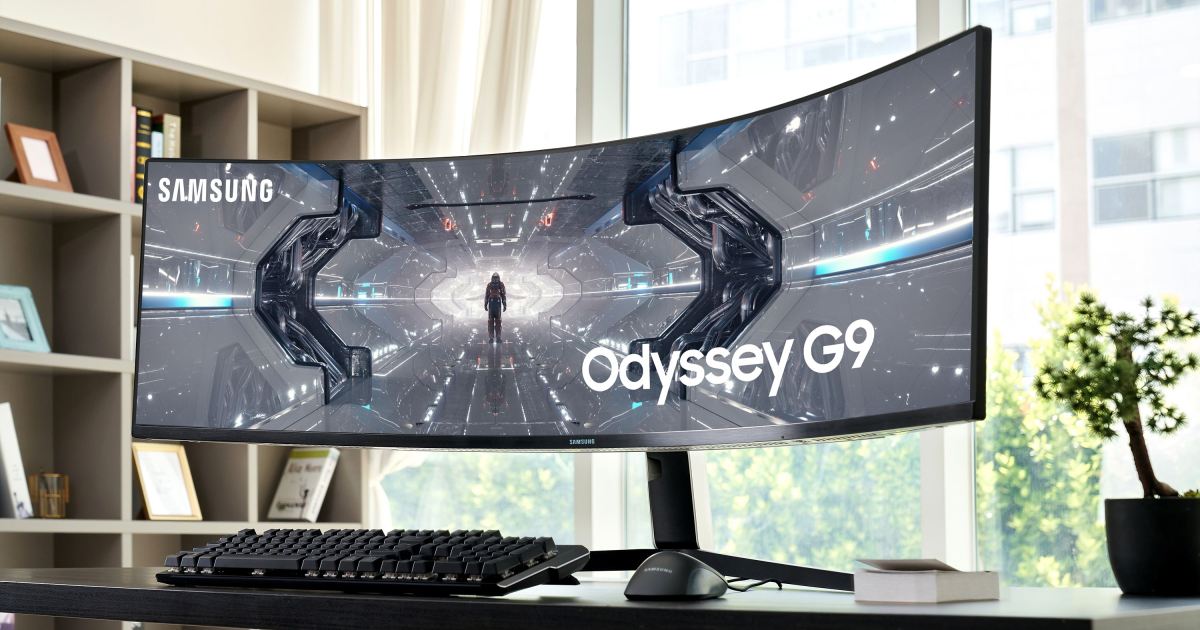Roberto Verdecchia is one of the directors of Secrets of the Jurassic Dinosaurs
The next time you step into the Royal Ontario Museum, the Royal Saskatchewan Museum or the American Museum of Natural History to marvel at the incredible dinosaur skeletons looming over you, one of the last things you might be thinking is, “Who built these giants?”
You might want to save some of your amazement for the artists and technicians of Research Casting International (RCI) in Trenton, Ont.
RCI is one of the few places in the world that specializes in the cleaning, preservation, preparation and replication of dinosaur fossils.
In Secrets of the Jurassic Dinosaurs, Anthony Morgan visits the incredible Jurassic Mile in Wyoming, where paleontologists are uncovering incredible fossils of Stegosaurus, giant sauropods and the T. Rex ancestor Allosaurus. But it’s the team at Research Casting International that takes those bones and recreates the grandeur of the animals themselves.
Turning fossils into perfect museum pieces
When paleontologists find rare fossil specimens in the ground, their first order of business is to safely remove them from the rock that has encased them for millions of years. To do that, they wrap the fossils and much of the surrounding rock in a protective plaster jacket.
It’s at RCI where the magic happens — turning these fossils, embedded in rock, into the perfect pieces you see in museums.
To start, the fossils are cleaned up in the prep lab. Using tools such as air scribes, carbide needles, dental picks and brushes, RCI’s preparators slowly and painstakingly etch away rock from fossil. It’s a process that can take days, weeks or months, depending on the condition the bones come to them in.
“We do get some pieces that just come and they’re perfect, and you open them up and it’s just, like, the best gift ever,” says preparator Amber Favreau in the documentary. “And other times you open up and you’re like, ‘OK, here we go!'”

Sometimes, a fossil is nothing but a mess of tiny fragments, all of which need to be pieced back together. Imagine doing a jigsaw puzzle in three dimensions, but you don’t know how many pieces the puzzle has. To make it more complicated, the guide you’re trying to follow has been dead for 150 million years.
If there are enough bones, RCI’s “skeleton crew” can get to work mounting a complete specimen for public display.
But it’s extremely rare to find a complete fossilized skeleton in the ground. So, to fill in the missing pieces, the expert technicians step in.
Drawing on their experience, and their vast collection of models, a missing vertebra or leg bone can be carefully replicated.
“Over the past 36 years … we’ve mounted over 1,000 dinosaur skeletons,” says Peter May, owner of RCI. “[A] paleontologist working with a museum might mount five or six. So we have a lot of first-hand working knowledge of dinosaur anatomy to draw upon when filling in gaps.”
“And if it’s a new species, or a dinosaur that is being remounted based on new scientific understanding, of course we’ll work closely with the paleontologists, the museum curators and experts in that field.”
Workers at Research Casting International in Trenton, Ont., assemble many of the dinosaur skeletons you’ve seen in museums around the world. Watch Secrets of the Jurassic Dinosaurs on CBC Gem.
Where art meets science
Once all the pieces of the dinosaur are ready, the skeleton needs to be mounted. To do that, a steel frame is built to support every single bone in the creature’s body. In the case of a T. Rex, that’s an estimated 380 bones.
It’s a serious blacksmithing challenge: the steel frame needs to be strong enough to support the great weight of the skeleton, but small enough that it doesn’t distract from the impact of the skeleton itself.
It might take over a year of work before a skeleton is ready to be moved out of RCI’s Trenton facility and sent to a museum for display. The technicians are involved in this process, too, working in close collaboration with curators to assemble the giant skeleton on site.
Of course, not every reconstruction takes that long. The incredible bronze T. Rex skeleton that stands outside of the Museum of the Rockies in Bozeman, Mont., was made with only four months’ notice. The nearly 3,000-kilogram skeleton was moulded, cast, mounted, finished and installed in front of the museum in time for the Society of Vertebrate Paleontology conference in 2001.
So the next time you see a beautifully reconstructed dinosaur skeleton, consider that there’s a good chance it was built by the skilled craftspeople of Research Casting International in Ontario. As long as paleontologists keep finding fossils, their dedicated team will keep cleaning, preparing and mounting them for all of us to marvel at.








